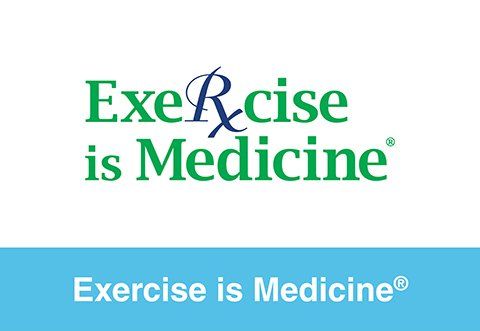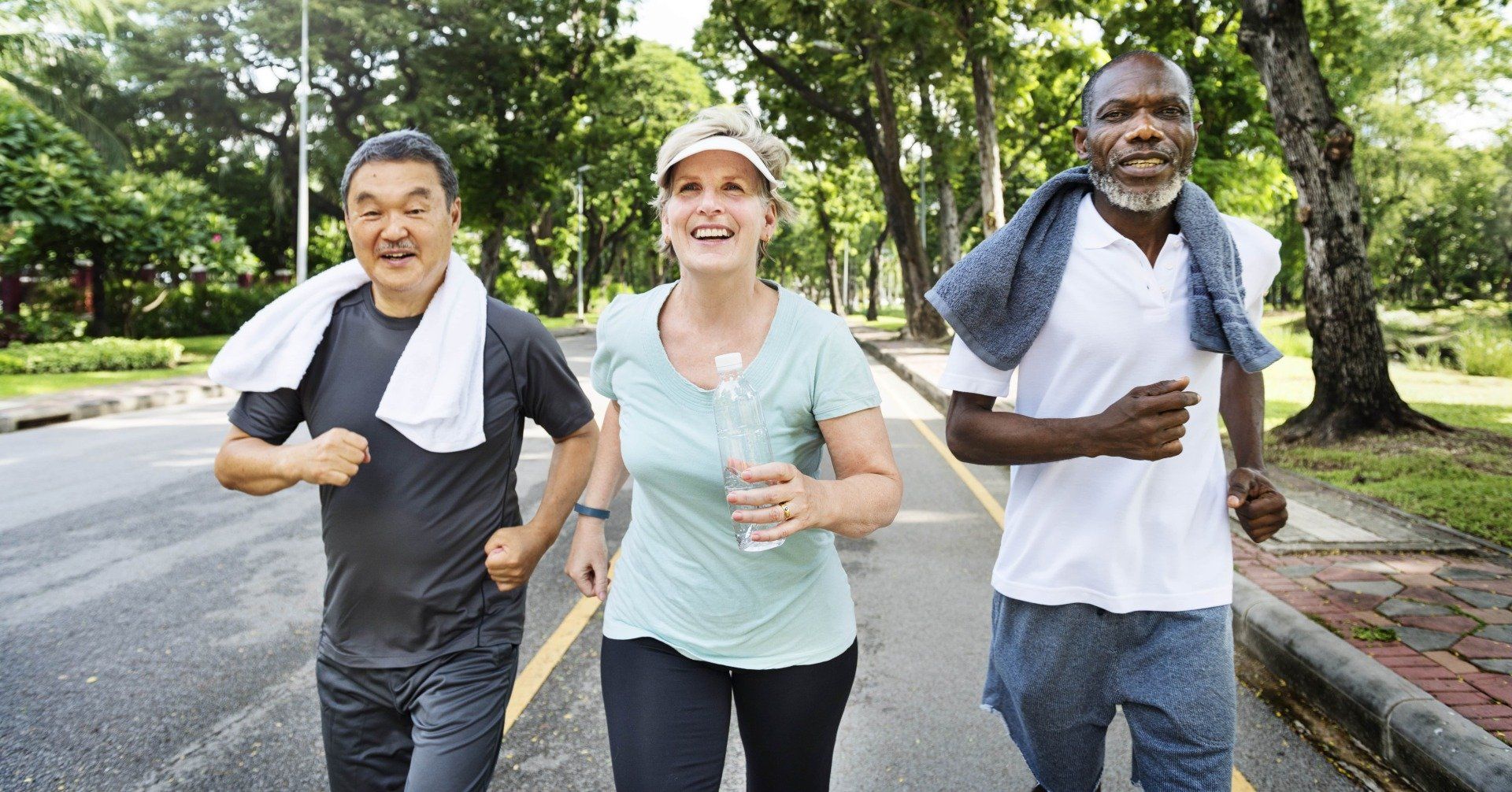Exercise Prescription
Dr Samra is a firm believer in the fact that ‘Exercise is Medicine’.
We have known for a very long time now that exercise is very effective in preventing a wide range of medical conditions.
There is now also an ever-increasing array of research that shows us that exercise is extremely effective at TREATING medical conditions too. Sport and Exercise Physicians are experts in prescribing safe exercise parameters for people whose ability to exercise might be limited by disease, medications or surgery. With the advantage of minimal costs or side effects, there is strong evidence that regular exercise is effective for preventing and managing many of the major Western world diseases:
- Diabetes
- Heart disease and vascular disease
- Stroke
- Cancer (especially Melanoma, Colon, Pancreatic and Breast)
- Depression and Anxiety
- Osteoporosis and Fracture Risk
- Dementia
- Pain and function in Osteoarthritis and Arthritis sufferers
It takes effort and planning to exercise, but there is no medication that can do all of this.
We are learning that the cascade of chemical messengers released during and after exercise activates genes involved in healing, repair and tumour suppression. These are called cytokines and they reduce your bodies tendency toward “inflammation” (of the blood vessels, brain, organs and heart), which underlies the major diseases, outlined above. The increase in circulation with exercise helps distribute these cytokines all over the body.
In summary, exercise improves physical and mental health and quality of life, with the main cost being the time commitment required.
Just as every checkup involves checking vital signs (pulse and blood pressure), every checkup should be checking our patients exercise habits (the so called "exercise vital sign")
We work closely with your:
- Surgeons
- Oncologist
- Cardiologist
- Psychiatrist
- GP
- Exercise Physiologist
to help you safely overcome the barriers to exercise and help you to get the most out of its benefits.
Know more about how exercise can actually treat cancer.
Why Physical Activity and Exercise
Physical activity and exercise is a major contributor to a healthy lifestyle.
Conversely, Physical Inactivity is extremely harmful to health . Patients who are physicially inactive are at a higher risk of death than the combined risk of patients who Smoke, have Diabetes or Overweight (Smokadiabesity).
Over the past decade, Doctors have turned their attention to preventative health measures.
Sport and Exercise Physicians are the leaders in the field of Exercise prescription, with the goal of improving both individual and public health.
The most evidence-based guidelines in this field come from the American College of Sports Medicine (ACSM).
What are the Symptoms of an Active Lifestyle?
An inactive lifestyle may manifest itself in obesity, weakness, frailty, fatigue and poor metabolic health.
Poor muscle mass (Sarcopenia) and bone mass (Osteopenia and Osteoporosis) may also develop.
Poor metabolic health is a risk factor for most of the Western chronic diseases including cancer, diabetes, dementia and cardiovascular disease.
Once these develop, there are negative effects on both Lifespan (duration of life) and Healthspan (quality of life).
What are the Recommendations for Exercise?
Everyone responds to exercise in an individual way. A combination of AEROBIC (stamina) and RESISTANCE (strength) exercise is a good start. It is important to individualise this including relevant exercises for that person’s life- which may include BALANCE, FLEXIBILITY and CORE STABILITY exercise.
For aerobic exercise - Start slowly and progress gradually to avoid injury or excessive soreness or fatigue. Over time, build up to 30 to 60 minutes of moderate to vigorous exercise every day (or at least 5 days per week). Walking, jogging, cycling, swimming and rowing are a few examples, and it is important to pick something you enjoy.
For resistance exercise - It is useful (not essential) to have a gym membership to allow controlled titration of loads on your muscles. An experienced personal trainer can supervise you and teach you the principles of strengthening with 5-6 large muscle group exercises trained over several weeks. You should always have at least one day of rest for a muscle group to allow time for recovery, but less than 2-3 sessions per week may not be enough stimulus to get stronger. People are never too old to start exercising. Even frail, elderly individuals (70-90 years of age) can improve their strength and balance with exercise.
Warmup before exercise - with some stretching or lighter exercise before doing more intense activity.
Children need exercise; play outside of the home is a good start.
Sports for children may provide excellent opportunities for exercise, but care must be taken not to overdo certain exercises (for example, throwing too many pitches in cricket may harm a joint like the elbow or shoulder).
Temperature control can make exercise more comfortable, and it is wise to avoid peak UV times during outdoor exercise (between 9/10am and 3-4pm). Drink to thirst during exercise.
A Note on Exercise Intensity
Exercise intensity is important to the risk of exercise, since adverse events are more likely to occur during more intense exercise.
Nonetheless, the absolute risk of bad things happening when we exercise is exceedingly low.
Exercise intensity can be measured in many ways. As a simple guide:
- Light Intensity - involves minimal effort and you should be able to maintain a conversation with full sentences
- Moderate Intensity - includes activities such as faster walking where you can speak, but start to puff
- High Intensity - activities like running, where you could only speak a few words at a time
If you have a chronic disease like cancer, heart disease or diabetes, Dr Samra may advise you to have a few weeks of monitoring and supervision by an accredited exercise physiologist.
If you are on medications such as beta blockers, psychotropic/neuropathic agents or blood pressure medications, speak to your Physician about modifying exercise appropriately.
If you have no symptoms of chest pain, unexplained shortness of breath, irregular heart-beats (palpitations) or light-headedness/fainting- you are safe to continue your current exercise immediately without medical review. If you have any of these symptoms during exercise you must see a doctor.
Light exercise is considered as safe as over-the-counter medication like Panadol- so we are keen to let everyone do this if they feel well. But if you are starting moderate intensity exercise for the first time and you have a chronic disease like heart disease or diabetes, you should consult a Physician first to to identify the dose and form of exercise that is safe and effective.
For moderate intensity exercise, please see the attached PAR-Q questionnaire. If you tick any of the boxes, you will need a medical assessment with your Sport and Exercise Medicine Specialist.
When Should You See a Sports Physician?
Most individuals can begin with moderate exercises, such as walking, without a medical examination. The following people, however, should consult a doctor before beginning more vigorous exercise:
- Individuals with any chronic disease such as heart or lung disease, asthma, arthritis, or osteoporosis
- Individuals who experience chest pressure or pain with exertion, or who develop fatigue or shortness of breath easily
- Individuals with conditions that increase their risks of developing coronary heart diseases, such as high blood pressure, diabetes, cigarette smoking, high blood cholesterol, or having family members who had early onset heart attacks and coronary heart disease
- Individuals who are obese and unaccustomed to exercise












